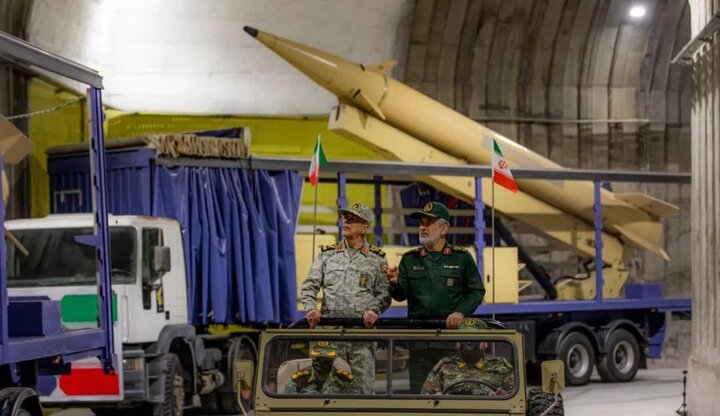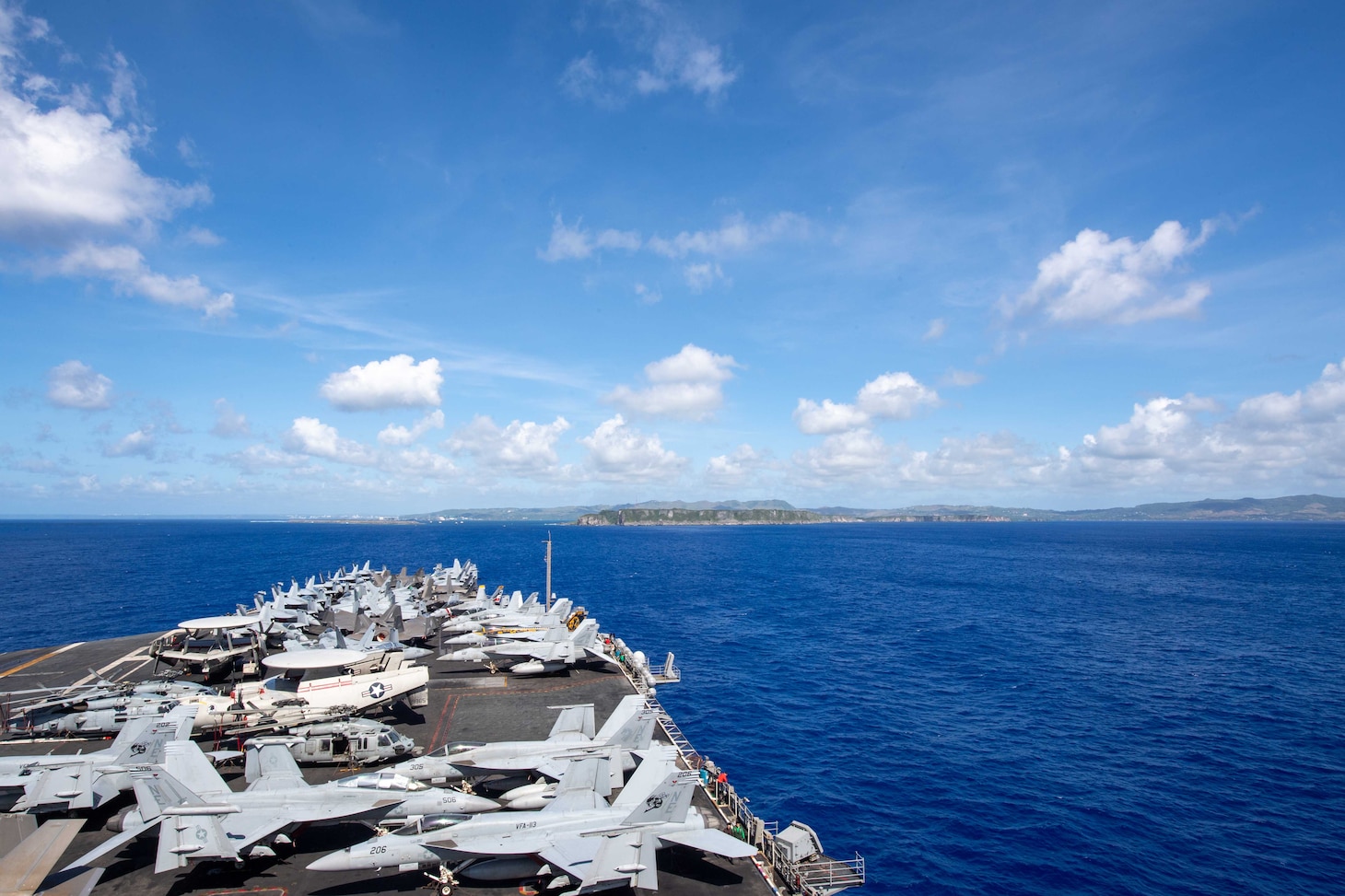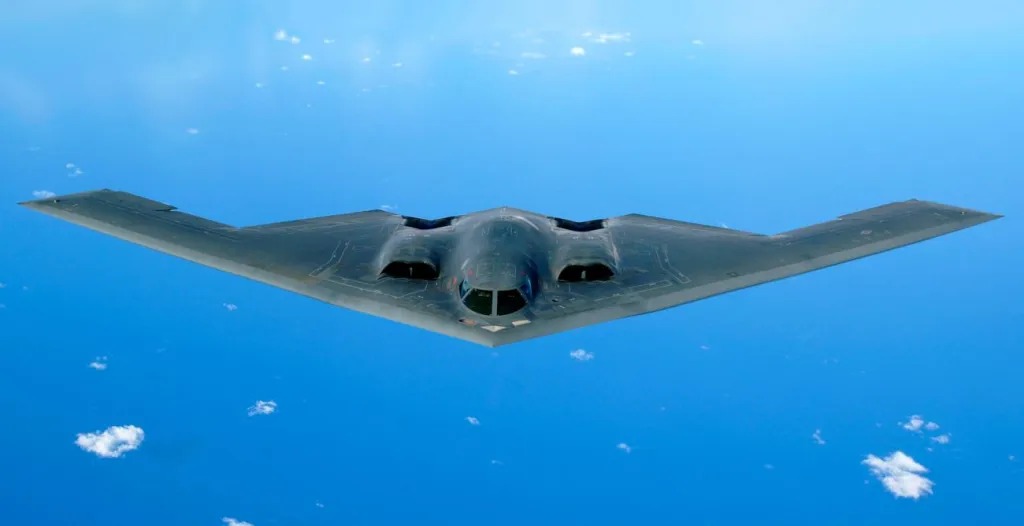US President Donald Trump threatened Iran with bombing and secondary tariff hikes if the Islamic country did not make a deal with Washington over its nuclear program. The threats coincided with a rapid military build-up of the US military in and around the Middle East.
Speaking in a telephonic interview on March 30, Donald Trump said: “If they don’t make a deal, there will be bombing. It will be bombing the likes of which they have never seen before.” Trump also threatened Iran with additional tariffs. “There’s a chance that if they don’t make a deal, I will do secondary tariffs on them like I did six years ago,” he added.
During his first term as the American President, Trump withdrew the US from a 2015 agreement (JCPOA) between Iran and other powers that imposed stringent restrictions on Tehran’s nuclear program in exchange for the lifting of sanctions. Following the JCPOA withdrawal, sweeping sanctions were imposed on Tehran.
The latest threats by Donald Trump come days after the Iranian government rejected direct talks proposed by the US, citing the ‘maximum pressure’ strategy and persisting military threats from Washington.
The reports in Iranian media suggest that Trump has asked Tehran for concessions like complete dismantling of its nuclear program, snapping ties with resistance groups spread across the region, and putting an end to Iran’s expanding drone and missile program.
Iran has reportedly flagged these demands as excessive and said negotiations cannot take place under these circumstances. At this point, EurAsian Times could not independently confirm the demands laid out by the US government.
Despite opposition to direct talks, officials from the two countries have been communicating to explore a potential arrangement.
Iranian President Masoud Pezeshkian said on March 30, “Direct negotiations (with the U.S.) have been rejected, but Iran has always been involved in indirect negotiations, and now, too, the Supreme Leader has emphasized that indirect negotiations can continue.”
Nevertheless, the threat of bombing made by the US President triggered an angry response from Tehran. Refusing to yield under pressure, the Iranian armed forces have placed its missiles in ready-to-launch mode within underground facilities across the country, as reported by the Tehran Times.
“Iran has achieved a level of active deterrence in which any violation of its sovereignty will be met with a severe response,” the General Staff of Iran’s Armed Forces said in a statement.
This aligns with similar warnings issued by Iranian Commanders to the US last year.
As recently highlighted by the Institute for Study of the War (ISW), in February 2024, a top Iranian military leader issued a warning that Iran might strike establishments and bases that “assist” an Israeli attack on Iran. Separately, in late March, Iran Parliamentary speaker Ghalibaf warned that US allies and bases in the region “will be as vulnerable as a powder keg” if the US and Israel threaten Iran.
Iran has also been showcasing its capability in recent times, perhaps to send a message to its adversaries. Earlier this month, Iran unveiled a massive “underground missile megacity” housing its newest weapons. Video footage was also released that showed the top brass visiting the expansive facility that houses thousands of ballistic missiles, including Kheybar Shekan, Martyr Haj Qassem, Qadr-H, Sejjil, and Emad.

These developments come amid a rapid military build-up by the United States in the Middle East and on a key British territory in the Indian Ocean. Though it was previously believed to be preparation against the Houthis, the Yemen-based Iranian proxy, it now appears to be preparation for a potential bombing campaign against Iran.
Carriers & Stealth Bombers Deployed
The US is amassing its most prized assets in the Middle East. The deployment of the USS Harry S. Truman carrier strike group (CSG) has been extended under the US Central Command (CENTCOM) theatre of responsibility.
In addition, the Nimitz-class USS Carl Vinson CSG, which was in the East China Sea earlier, has been reportedly assigned to the Middle East to provide an overlapping two-carrier presence in the region.
The USS Carl Vinson carrier group departed the key Indo-Pacific territory of Guam on March 28 and is now en route to join the USS Harry. S Truman.
The USS Carl Vinson strike group included the destroyer USS Sterett (DDG-104), cruiser USS Princeton (CG-59), and USS Carl Vinson (CVN-70) with embarked Carrier Air Wing (CVW) 2. The carrier’s air wing currently hosts the US Navy’s F-35C and F/A-18 Super Hornet fighter jets.

Additionally, the US has amassed at least six to seven B-2 stealth strategic bombers, several refueling tankers, and transport aircraft at an air base in the British territory of Diego Garcia, as recently reported by the EurAsian Times.
The B-2s, popularly known as the ghosts of the sky, can penetrate the most advanced air defenses and deliver precision, deadly strikes.
Earlier, US President Donald Trump threatened Houthis on his Truth Social, saying, “HELL WILL RAIN DOWN UPON YOU LIKE NOTHING YOU HAVE EVER SEEN BEFORE,” if the group does not halt the strikes immediately. However, after Trump’s recent threats to bomb Iran, there is speculation that the bombers may be tasked with a much bigger mission of annihilating Iranian military and nuclear facilities.
The distance between Diego Garcia and Yemen is over 3,600 kilometers, whereas the distance between Diego Garcia and Iran is over 4,800 kilometers.
In contrast, the range of an unfuelled B-2 bomber is about 9,600 kilometers. The base has been used to carry out airstrikes in the Middle East and was an integral part of US-led operations throughout the Gulf War, the Iraq War, and the Afghanistan War.

Writing for the EurAsian Times, Indian Air Force veteran and military commentator Group Captain MJ Augustine Vinod (retd.) recently noted: “ The deployment of B-2s isn’t merely deterrence—it’s preparation. In war games and real operations, stealth bombers have proven to be first-strike platforms that neutralize air defenses, command bunkers, and missile silos. Their very presence tells Iran and its proxies: “Your options are narrowing.”
With Iran refusing to back down amid threats, there is also speculation that Iran and its proxies could launch an attack on the US bomber fleet sitting at Diego Garcia.
In response to the deployment, an unidentified Iranian official recently told the British Telegraph: ”There will be no distinction in targeting British or American forces if Iran is attacked from any base in the region or within the range of Iranian missiles.”
- Contact the author at sakshi.tiwari9555 (at) gmail.com
- Follow EurAsian Times on Google News




